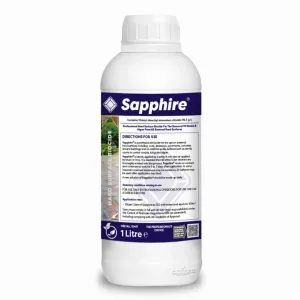How and why do weeds grow on artificial grass?
Having invested in artificial grass, you might be wondering why and how weeds are growing on it.
Well, many hardy species of weeds and grasses are highly adapted to growth in the most unlikely places, often germinating where there is little soil or nutrition.
Others are adapted to push through suppressive material and mulches. Given this, it’s perhaps not surprising that weeds can and do grow on, and through, artificial grass.
Unless you keep your artificial grass completely free of blown-in organic debris like soil, dust, seeds, and fallen leaves, or you regularly remove particles from human and animal footfall, your artificial grass will eventually generate small amounts of composted material which can be enough for seed germination.
Gaps can appear around the edges of artificial grass which often expose the soil, allowing seeds to germinate. In addition, worn, rotted, and weakened patches of plastic turf membrane can allow some tough weed species to push through.
Moss can grow on a multitude of different surfaces and particularly loves dark and damp areas of the garden. It will grow happily on artificial grass with the right conditions.
How to get rid of weeds on artificial grass
So, what to do if you find your artificial grass is inundated with weeds? The first option to try is manual removal, but if that doesn’t work, or the roots are too deep to remove without damaging your turf membrane, then you may need to use a chemical herbicide.
Because there are a variety of different types of artificial grass, this does mean referring to your grass manufacturer for guidance on herbicide approvals.
To kill moss and algae, there are products like Sapphire which are specifically formulated for use on hard surfaces (including plastic), but these should not be confused with herbicides that will kill broad-leaved weeds.
For further information on herbicides, please contact our technical team by calling 01522 246491 or completing the form here.




